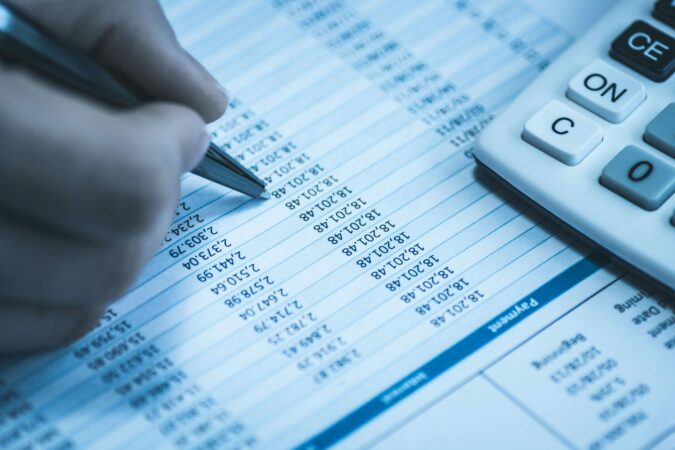Content
- CAC Payback Period = Customer Acquisition Cost / Revenue – Average Cost of Service
- We need to confirm you’re human.
- Advantages and Disadvantages of the Payback Period
- What is Customer Acquisition Cost? Why It’s Important and How to Calculate It
- What Is the Difference Between the CAC Payback Period and the LTV/CAC Ratio?
- Example of Payback Period Formula
- Company

Also, the payback period does not assess the riskiness of the project. Projecting a break-even time in years means little if the after-tax cash flow estimates don’t materialize. The payback period is favored when a company is under liquidity constraints because it can show how long it should take to recover the money laid out for the project. If short-term cash flows are a concern, a short payback period may be more attractive than a longer-term investment that has a higher NPV. Unlike other methods of capital budgeting, the payback period ignores the time value of money (TVM).
Improving any and all of these factors will help you earn back CAC faster, at which point you’ll have future cash flow to invest back into your company and grow. Sometimes, the pandemic can make it longer to regain the investments made due to circumstances, and the payback period https://simple-accounting.org/the-7-best-accounting-apps-for-independent/ framework leaves out such a scenario. Lastly, it is not always possible that you will recover the initial investments as soon as it is estimated. GoCardless helps businesses automate collection of both regular and one-off payments, while saving time and reducing costs.
CAC Payback Period = Customer Acquisition Cost / Revenue – Average Cost of Service
That’s what the payback period calculation shows, adding up your yearly savings until the $400,000 investment has been recouped. For a natural solar dryer, the annual cumulative savings (S) can be estimated by subtracting the mass and quality losses of the product from the net income D. In contrast, the savings (S) of semiartificial as well as solar-powered artificial dryers may be determined based on the cost of the alternative conventional energy D. Note that an increase in the market price of the product can compensate for the losses incurred in the case of a natural solar dryer. The calculation of yearly cumulative savings can be performed using the following equation.

Thus, you should compare your year-end cash flow after making an investment. The sum of investment (I) can be calculated considering the initial investment cost (C) with interest and the number of operating years (n). Where r is the annual interest rate, e is the annual inflation rate for the price of energy, and n is the number of years for calculating the cumulative savings. Where P… represents the total project investment in ($) and PCF represents the periodic cash flow in ($/year).
We need to confirm you’re human.
But there are a few important disadvantages that disqualify the payback period from being a primary factor in making investment decisions. First, it ignores the time value of money, which is a critical component Bookkeeping & Accounting for Lawyers of capital budgeting. For example, three projects can have the same payback period; however, they could have varying flows of cash. The answer is found by dividing $200,000 by $100,000, which is two years.

Any dollar your company spends on acquisition could have been spent on product development or put toward headcount planning. In the scenario of calculating a payback period, we are looking at projected returns on the investment over a number of months or years, and therefore disregarding what amount of interest could be made. Therefore, this might not give an accurate overall picture of what cash flows will actually be earned for the project. In this case, one should first calculate the cumulative cash flows, given the expected cash flows.
Advantages and Disadvantages of the Payback Period
Here we look at some of them, and how to adjust your calculations accordingly. In the example above, the customer pays back their CAC over time, but the time to payback CAC exceeds one year. One year after the customer’s acquisition is marked by the green dotted line.
If it is not financially viable enough to repay the initial investment within the time frame, then it is likely not a good investment. To better understand this concept, let’s look at the individual parts. A regular payback period is an estimate of the length of time that it will take for an investment to generate enough cash flow to pay back the full amount of the cash invested. This is assuming that the investment would make regular payments to repay the money. The sales and marketing spend for Quarter 1 includes all of the costs to acquire the new customers for Quarter 2. The revenue from Quarter 1 is $2,750, and the revenue from Quarter 2 is $4,000.
What is Customer Acquisition Cost? Why It’s Important and How to Calculate It
Our goal is to deliver the most understandable and comprehensive explanations of climate and finance topics. Carbon Collective partners with financial and climate experts to ensure the accuracy of our content. A particular Project Cost USD 1 million, and the profitability of the project would be USD 2.5 Lakhs per year.
The discounted payback period of 7.27 years is longer than the 5 years as calculated by the regular payback period because the time value of money is factored in. The payback method is important because it lets you know how long it takes to recover the costs of a project or business investment. One of the major characteristics of the payback period is that it ignores the value of money over time. The payback period formula calculates the years it will take to recover the invested funds from the particular business. Alternative measures of “return” preferred by economists are net present value and internal rate of return.